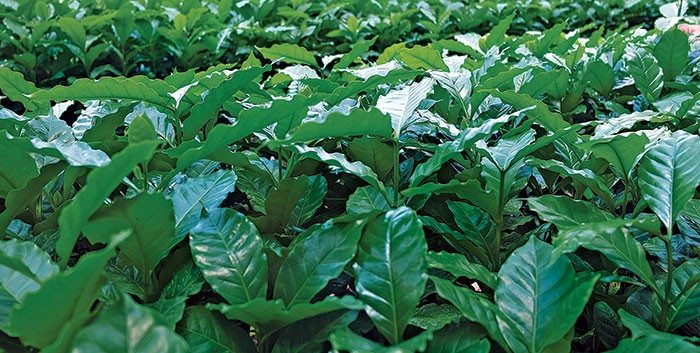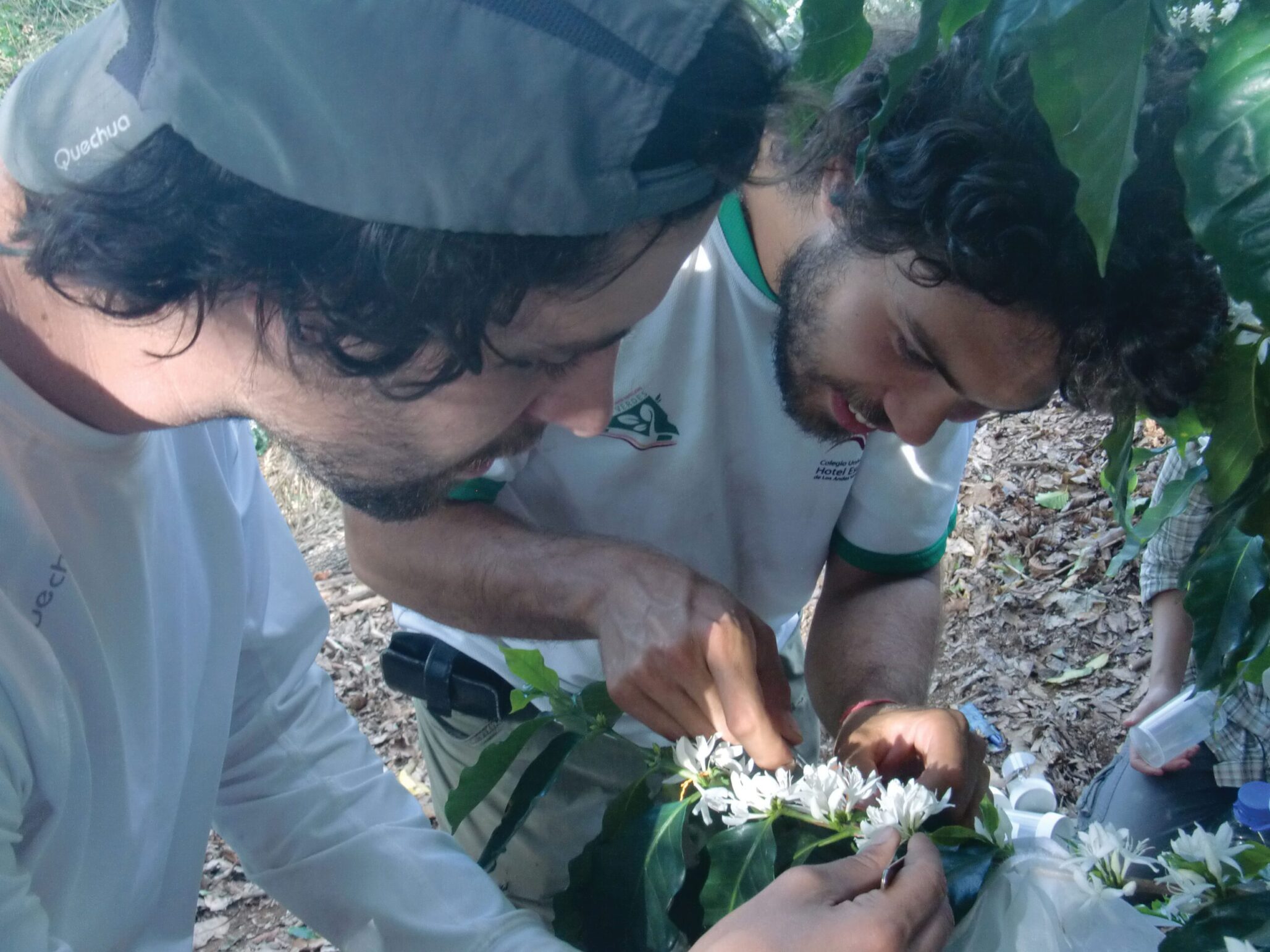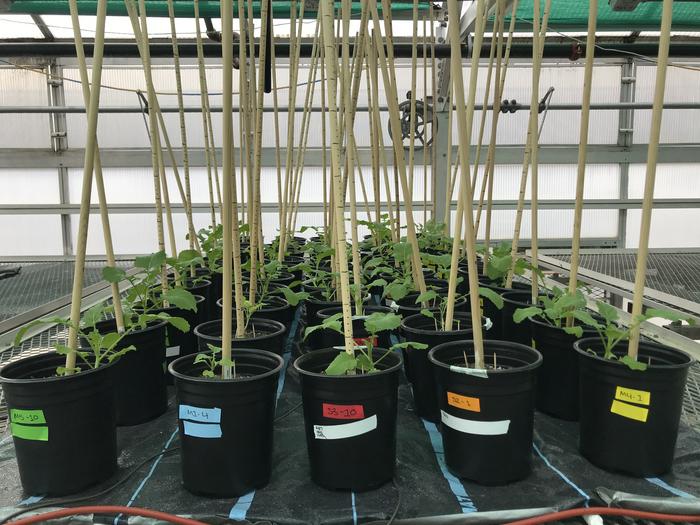According to connoisseurs, the tastiest of coffee beans come from the Coffea arabica shrub, a fragile weakling that is susceptible to diseases and pests. And climate change isn’t making things any easier for the plant. An article in Chemical & Engineering News (C&EN), the weekly newsmagazine of the American Chemical Society, reports that although coffee producers and scientists agree that C. arabica is under siege, they don’t agree on what to do about it.
Senior Editor Alex Scott notes that most coffee drinkers hold beans from C. arabica in the highest esteem. But the plant is facing some challenges. It is not very genetically diverse compared to most other crops, such as rice and soy, making it less adaptable to changing conditions. In addition, leaf rust has been a major foe, killing off large tracts of the plants across Central America in 2008. Pests, such as the coffee borer beetle, also can wreak havoc. And according to research published last year by London’s Royal Botanic Gardens, climate change will make up to 60 percent of the growing land in Ethiopia — a major supplier — unsuitable for coffee cultivation by the end of the century.
A debate on how to rescue C. arabica is raging. World Coffee Research, an organization set up by coffee producers, is working on a plan that includes crossbreeding and better farming practices. Some scientists, however, say that traditional breeding will take too long. They advocate genetic engineering techniques to produce a hardier plant. And some agrochemical firms are banking on improved pesticides and other technologies that they’re developing to help growers. It’s unclear which approach or set of approaches will win out, but coffee drinkers everywhere are hoping they can continue to count on a robust, full-flavored cup of Joe for a long time to come.
Source: American Chemical Society













